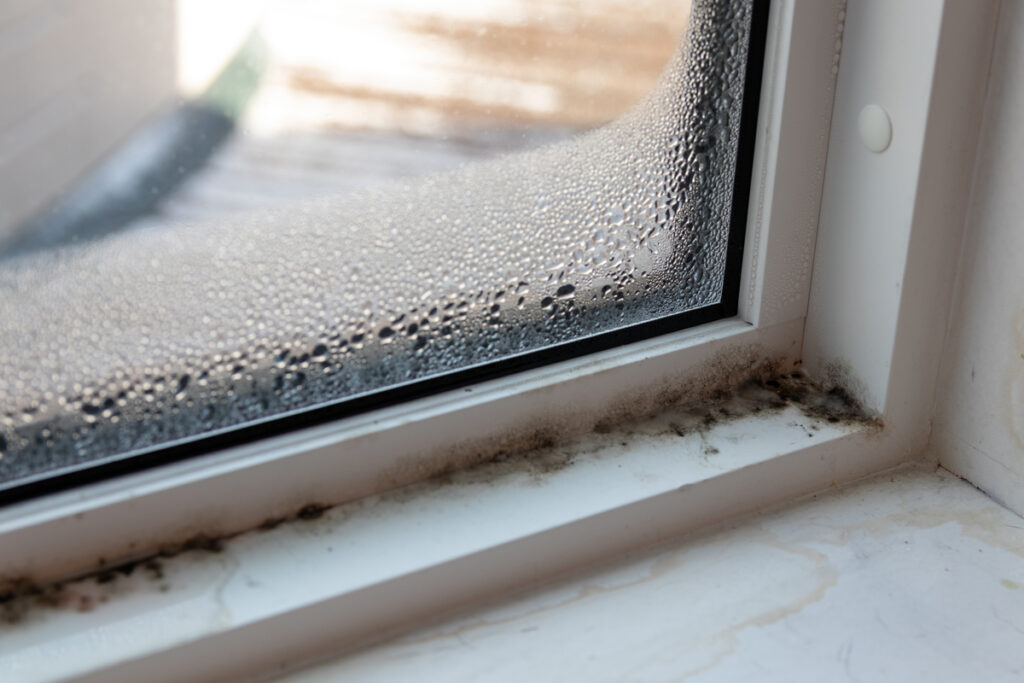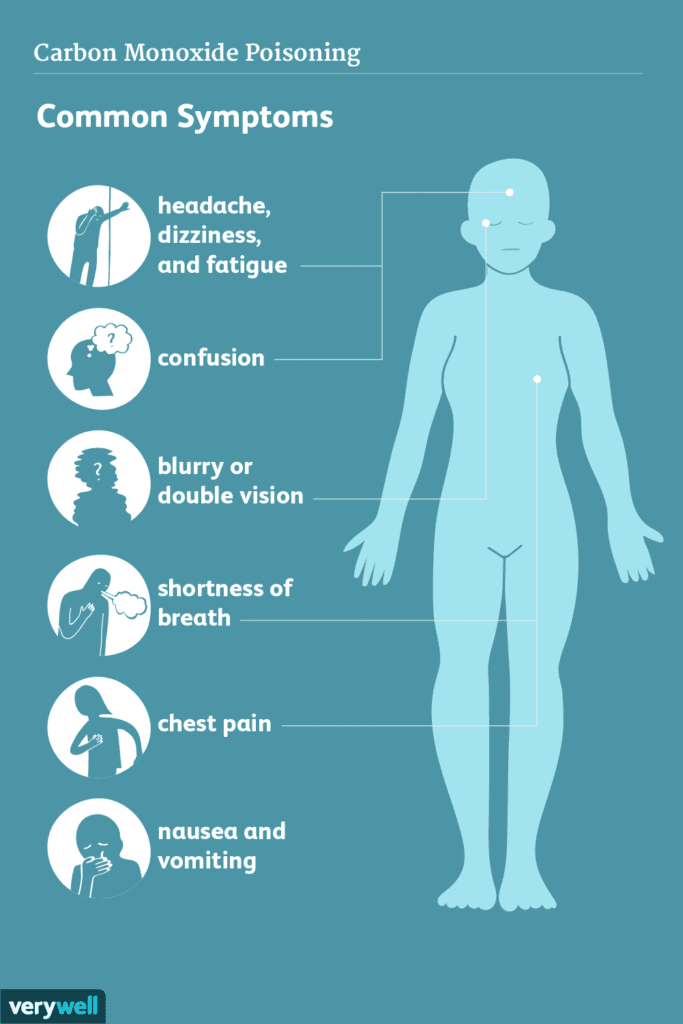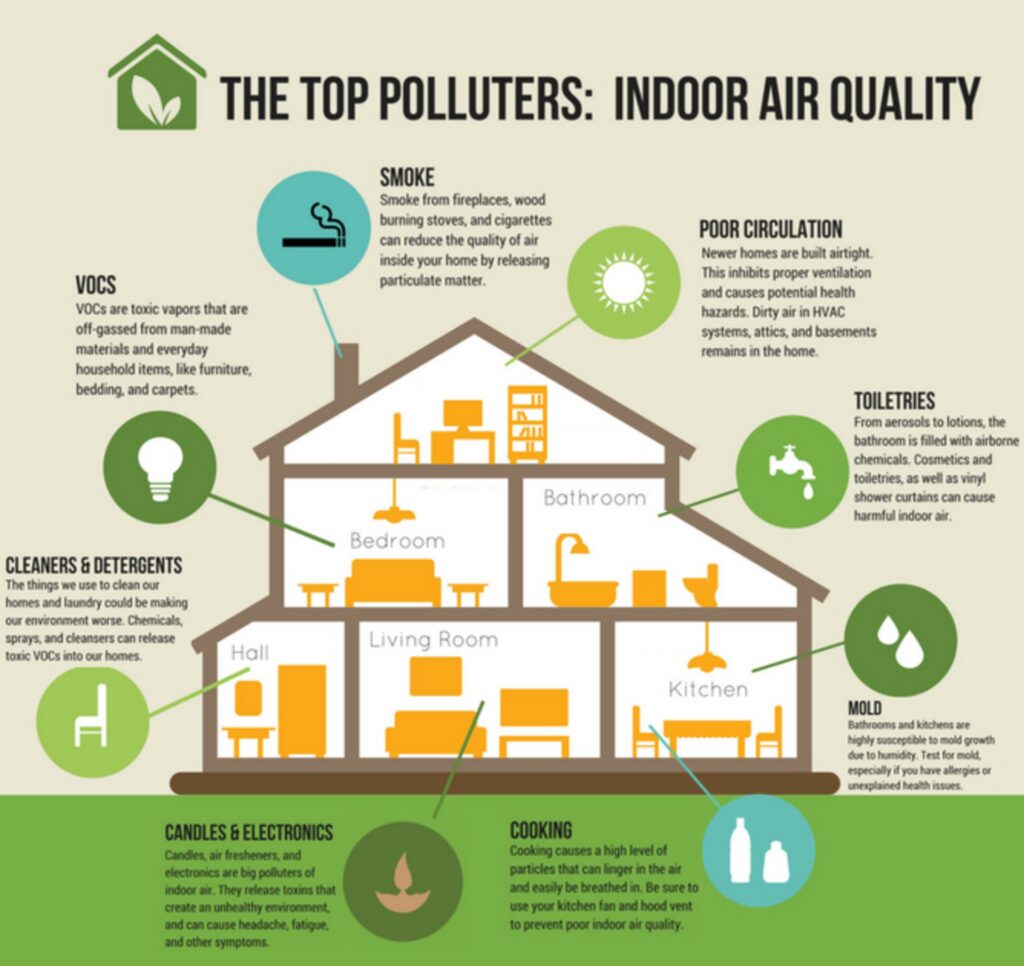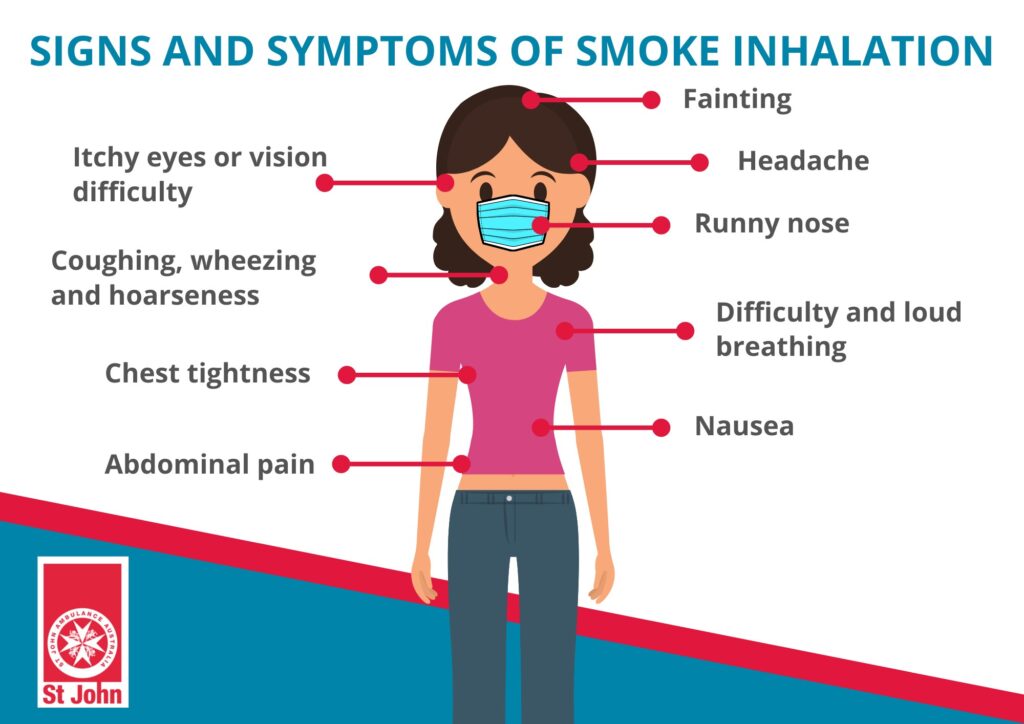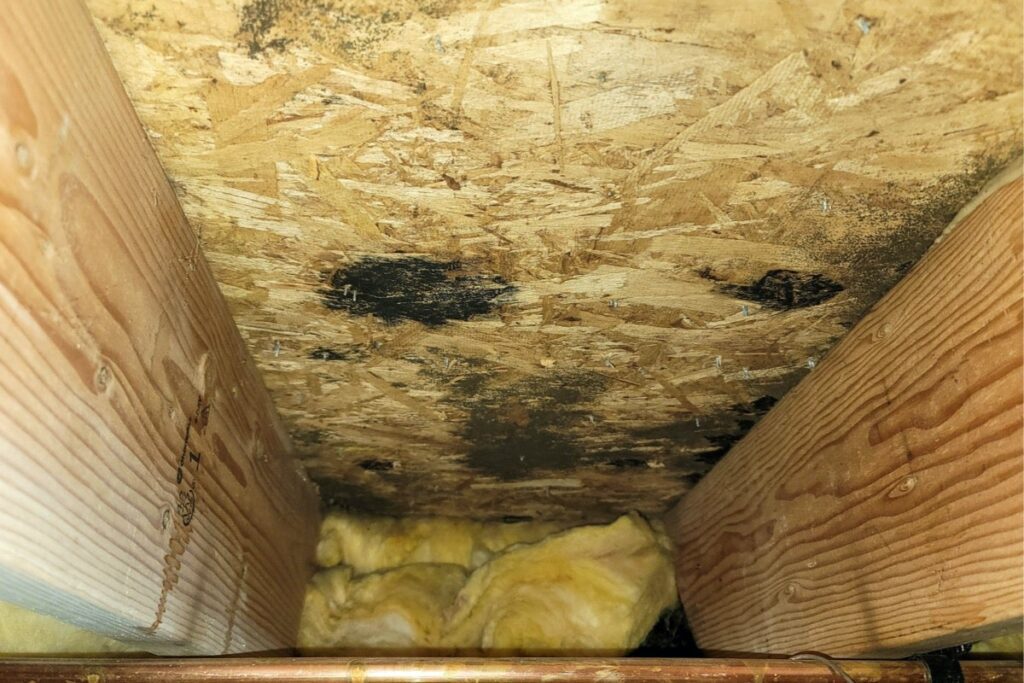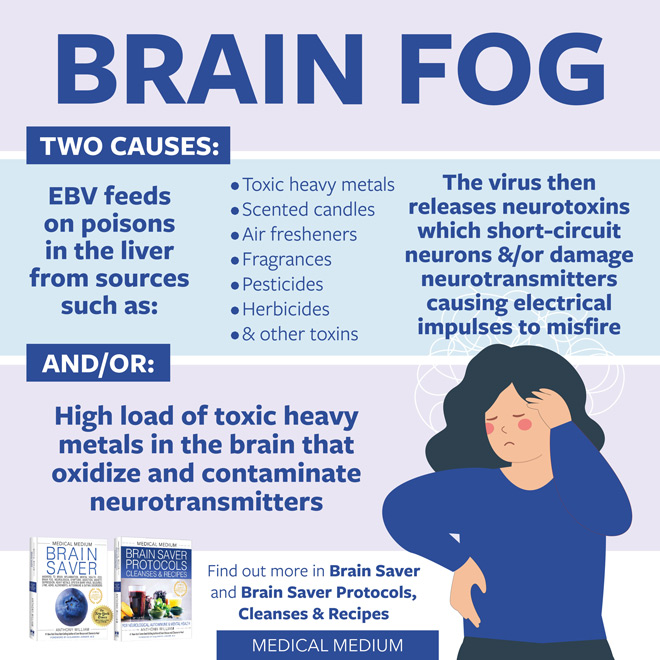If you’ve been wondering about how to improve the air quality in your home and reduce the presence of volatile organic compounds (VOCs), look no further. This article will provide you with practical tips and effective methods on how to remove VOCs from your home air. From using indoor plants to utilizing air purifiers, you’ll discover simple yet impactful ways to create a healthier and more breathable living environment for you and your loved ones. So, let’s explore the solutions and take a step towards cleaner, purer air in your home.


Understanding VOCs
What are VOCs?
Volatile Organic Compounds, commonly referred to as VOCs, are a group of chemicals that can easily vaporize at room temperature. These chemicals are released into the air from a variety of sources, such as building materials, furniture, cleaning products, and even personal care items. VOCs can have both short-term and long-term health effects on individuals, making it crucial to understand their presence in our homes.
Sources of VOCs in the home
VOCs can originate from numerous sources within our homes. For instance, household products like paints, varnishes, adhesives, and solvents usually contain high levels of VOCs. Some building materials, carpets, and even vinyl flooring can also emit VOCs. Additionally, cleaning agents, air fresheners, and pesticides contribute to the accumulation of VOCs indoors. It is important to be aware of these sources in order to minimize our exposure and create a healthier living environment.
Health Effects of VOCs
Short-term health effects
Short-term exposure to VOCs can lead to a range of health effects. Common symptoms include eye irritation, throat irritation, headaches, nausea, and dizziness. In some cases, VOC exposure may also trigger allergies or worsen asthma symptoms. These effects are typically temporary and subside once the source of VOCs is removed or ventilation is improved.
Long-term health effects
Prolonged exposure to VOCs can have more severe health implications. Research has shown that chronic exposure to high levels of VOCs may increase the risk of respiratory problems, allergies, and even certain forms of cancer. It is particularly concerning for individuals with respiratory conditions or compromised immune systems. Therefore, taking steps to minimize VOC exposure in our homes is essential to safeguard our long-term health.
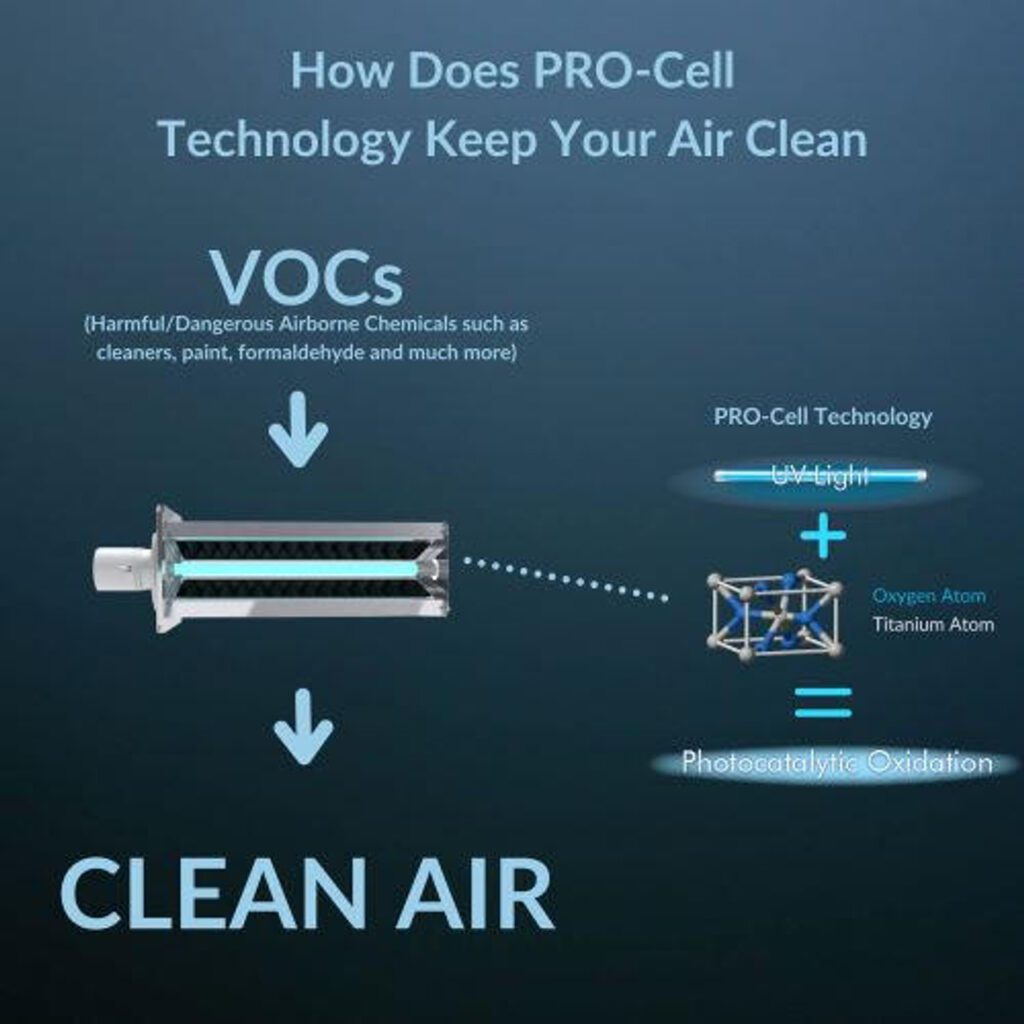

Identifying VOCs in Your Home
Common signs of VOC presence
Detecting VOCs in your home may not always be straightforward, but there are some common signs to look out for. Unpleasant odors, especially when associated with new furniture or recently painted surfaces, are often indicative of VOC emissions. In some cases, these odors may even cause headaches or respiratory discomfort. Additionally, visible signs like blistering or peeling paint can suggest the presence of VOCs in your environment.
Using indoor air quality testing
If you suspect high levels of VOCs in your home, it is advisable to conduct indoor air quality testing. These tests can provide accurate measurements of VOC concentrations, helping you identify the specific sources and take necessary actions. Professional indoor air quality testing kits are available, or you can consult with an environmental specialist to ensure accurate results. Understanding the magnitude of VOC contamination is crucial for implementing effective mitigation strategies.
Preventive Measures to Reduce VOCs
Choose VOC-free or low VOC products
An effective prevention strategy is to carefully select household products with low or no VOC content. Look for paints, varnishes, adhesives, and cleaning products that are labeled as VOC-free or low VOC. These products are specifically designed to emit fewer harmful chemicals into the air, minimizing your exposure and ensuring a healthier indoor environment. Always check the labels and do your research before purchasing any potential VOC-emitting products.
Proper ventilation
Good ventilation is key to reducing VOC levels indoors. Increase airflow by opening windows and allowing fresh air to circulate throughout your home. Proper ventilation is particularly important when using products that emit VOCs, such as during painting or cleaning activities. If necessary, consider using fans or exhaust systems to enhance ventilation in enclosed spaces. Adequate air exchange helps dilute VOC concentrations and prevents them from accumulating to harmful levels.
Regular cleaning and maintenance
Regular cleaning and maintenance of your home can also contribute to reducing VOC levels. Dust and vacuum frequently to remove any dust particles that may have absorbed VOCs. Pay special attention to carpets, upholstered furniture, and curtains as they can act as reservoirs for VOCs. Additionally, promptly address any water leaks or moisture issues to prevent mold growth, which can release VOCs into the air. By maintaining a clean and dry environment, you minimize potential sources of VOCs and improve indoor air quality.
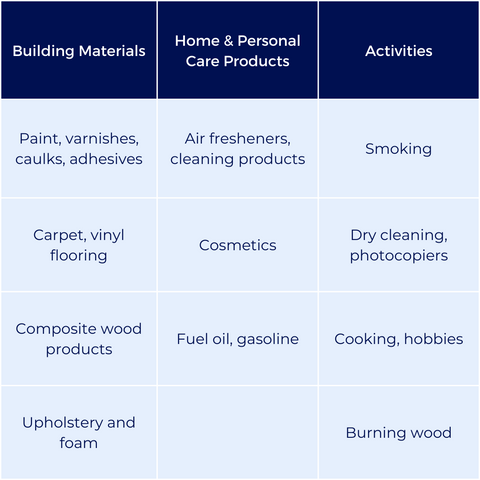

Natural Methods to Remove VOCs
Activated charcoal
Activated charcoal, also known as activated carbon, is a highly effective natural material for absorbing VOCs. Its porous structure provides a large surface area to trap and hold VOC molecules, preventing them from circulating in the air. Placing activated charcoal in areas with high VOC concentrations, such as near freshly painted surfaces or new furniture, can help mitigate their impact. Remember to replace the activated charcoal regularly to maintain its effectiveness.
Houseplants as air purifiers
Houseplants not only add aesthetic appeal to our homes but also serve as natural air purifiers. Certain plants, such as spider plants, peace lilies, and bamboo palms, have been proven to effectively filter harmful chemicals, including VOCs, from the air. Through a process known as phytoremediation, these plants absorb VOCs through their leaves and roots, converting them into harmless byproducts. Adding a variety of houseplants throughout your home can significantly improve your indoor air quality and reduce VOC levels.
Vinegar for surface cleaning
Vinegar, a common kitchen staple, can also be utilized as a natural method to clean surfaces and remove VOCs. Its acidic properties make it effective in breaking down and neutralizing chemical compounds, including VOCs. Dilute vinegar with water and use it as a cleaning solution for countertops, floors, and any other surfaces where VOCs might be present. Not only is vinegar an inexpensive and eco-friendly alternative to chemical cleaners, but it also helps reduce the overall VOC load in your home.
Mechanical Air Purification Systems
Types of air purifiers
Mechanical air purifiers are specifically designed to remove contaminants, including VOCs, from the air. There are several types of air purifiers available, such as activated carbon filters, HEPA filters, and photocatalytic oxidation filters. Activated carbon filters are highly effective in adsorbing VOCs, whereas HEPA filters can capture particulate matter. Photocatalytic oxidation filters employ a combination of UV light and catalysts to break down VOCs into harmless substances. Each type has its own advantages, so it is important to choose an air purifier that aligns with your specific needs and budget.
Considerations when choosing an air purifier
When selecting an air purifier for VOC removal, there are several factors to consider. First and foremost, ensure that the air purifier is specifically designed to target VOCs and has a high CADR (Clean Air Delivery Rate) for VOCs. Additionally, consider the size of the room where the air purifier will be used. Different purifiers have varying coverage capacities, so it is crucial to choose one that can effectively clean the air in your specific space. Finally, take into account the noise level of the purifier and any additional features or filtration options it may offer.


Installing and Using Air Purifiers
Placement and sizing
Proper placement and sizing of air purifiers are essential for their optimal performance. Place the air purifier in the room where you spend the most time, such as the bedroom or living room. Ensure that the purifier is not obstructed by furniture or other objects that may impede airflow. It is also important to consider the size of the room when choosing an air purifier. Most manufacturers provide guidelines or recommendations regarding which purifier size is suitable for different room dimensions. Selecting the appropriate size ensures that the purifier effectively removes VOCs and provides cleaner air.
Maintenance and filter replacement
Regular maintenance and timely filter replacement are crucial for the continued effectiveness of air purifiers. Follow the manufacturer’s instructions for cleaning and maintaining the unit. This usually involves periodic cleaning of filters and other components to remove accumulated debris. Additionally, pay attention to the recommended filter replacement schedule. Over time, filters become saturated with captured VOCs and lose their ability to effectively remove them from the air. By promptly replacing filters as instructed, you can ensure that your air purifier consistently delivers clean and VOC-free air.
Ventilation Systems for VOC Removal
Natural ventilation strategies
Natural ventilation offers a cost-effective and energy-efficient method for removing VOCs from your home. Open windows and doors to allow fresh outdoor air to circulate freely throughout the house. Cross-ventilation, achieved by opening windows on opposite sides of a room, encourages the exchange of indoor and outdoor air. Additionally, utilizing exhaust fans in kitchens, bathrooms, and other areas prone to high VOC concentrations can help remove pollutants. Natural ventilation is particularly effective in removing VOCs emitted during short-term activities such as painting or using cleaning products.
Mechanical ventilation systems
Mechanical ventilation systems provide a consistent means of removing VOCs by forcibly exhausting stale air and introducing fresh air from outside the home. Different types of mechanical ventilation systems are available, including exhaust fans and whole-house ventilation systems. Exhaust fans installed in kitchens and bathrooms draw out contaminated air directly, whereas whole-house ventilation systems ensure continuous air exchange throughout the entire home. Mechanical ventilation systems are especially beneficial in tightly sealed or energy-efficient homes where natural ventilation alone may be insufficient.


Professional Air Purification Services
Hiring a professional air purification service
In situations where VOC levels are significantly elevated or when natural or mechanical ventilation is insufficient, it may be necessary to seek professional air purification services. These specialists have the skills and expertise to assess your home’s indoor air quality, identify specific sources of VOCs, and implement appropriate purification measures. They may employ advanced techniques such as activated carbon filtration, ozone treatment, or other specialized equipment to effectively remove VOCs. Hiring a professional service ensures thorough VOC removal, especially in more complex cases or larger living spaces.
Duct cleaning and HVAC maintenance
Professional air purification services often include duct cleaning and HVAC maintenance as part of their offerings. Over time, ductwork and HVAC systems can accumulate dust, debris, and even VOCs, which can contaminate the air circulating in your home. By thoroughly cleaning and inspecting the ducts, these professionals ensure that VOCs are not circulated throughout your living spaces. Additionally, they will provide necessary maintenance for your HVAC system, maximizing its efficiency and preventing potential VOC re-circulation. Regular duct cleaning and HVAC maintenance contribute to ongoing VOC reduction and overall improved indoor air quality.
Monitoring and Maintenance
Regular indoor air quality checks
To ensure ongoing VOC reduction and maintain a healthy indoor environment, it is essential to regularly monitor your indoor air quality. This can be done through periodic indoor air quality checks using home test kits or by consulting with professionals who specialize in indoor air quality testing. Regular monitoring allows you to identify any new sources of VOCs or address any potential issues in a timely manner. By staying proactive and vigilant, you can take necessary actions to maintain a VOC-free and healthy living space.
Ongoing preventive measures
Implementing ongoing preventive measures is key to sustaining a low VOC environment in your home. Continuously choose VOC-free or low VOC products when making purchasing decisions for building materials, furniture, cleaning products, and other household items. Prioritize proper ventilation by regularly opening windows, using exhaust fans, or considering mechanical ventilation systems. Regularly clean and maintain your living spaces, addressing any potential sources of VOCs promptly. By consistently practicing preventive measures, you can significantly reduce VOC levels and create a healthier living environment for you and your family.
In conclusion, understanding and addressing VOCs in our homes is crucial for maintaining a healthy indoor environment. By identifying sources of VOCs, implementing preventive measures, utilizing natural methods, and considering mechanical air purification systems, we can effectively remove VOCs from our homes. Monitoring indoor air quality, maintaining ventilation systems, and seeking professional services when necessary ensure ongoing VOC reduction and a safer living environment. Remember, it’s within your power to reduce VOC levels in your home and protect the well-being of you and your loved ones.


